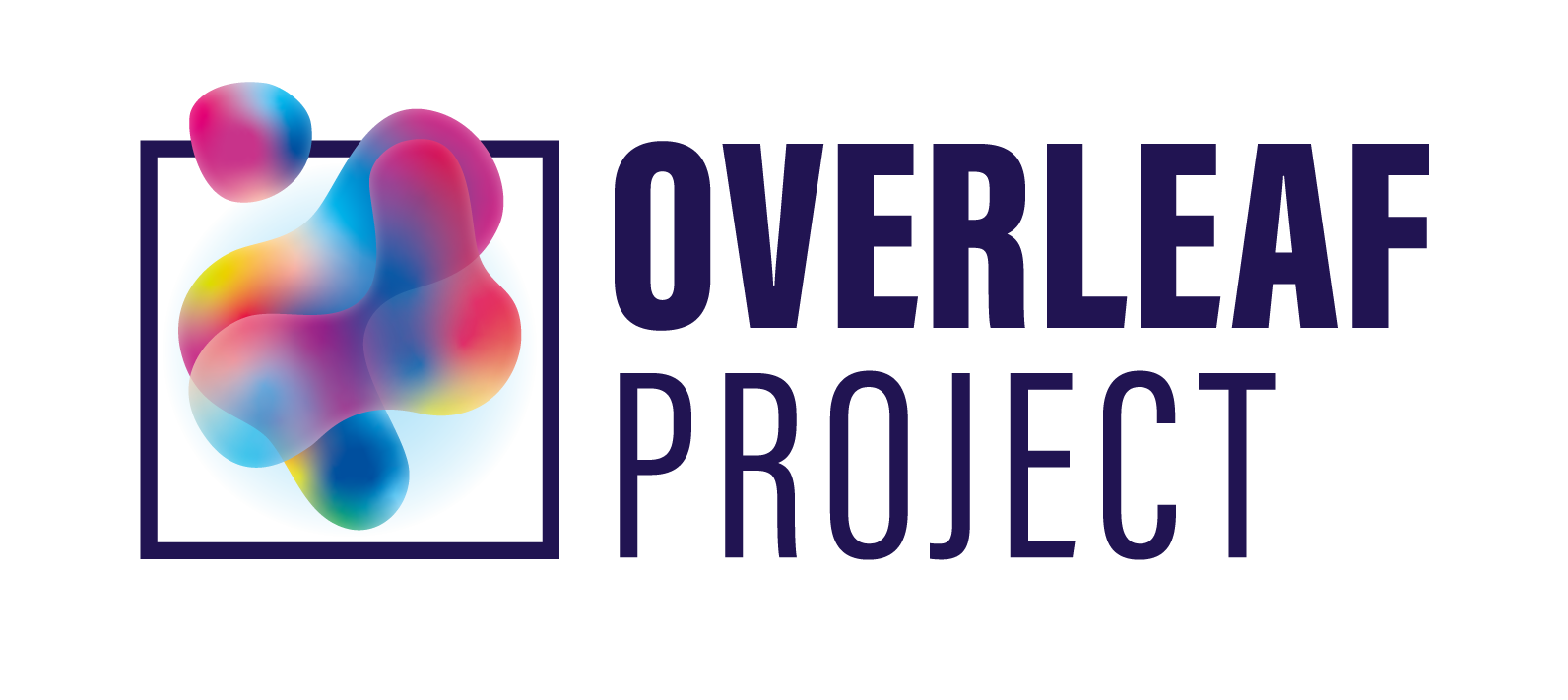Collaborations & Synergies

GOLIAT
Ground Operations of LIquid hydrogen AircrafT
PROJECT DESCRIPTION
In the near future, hydrogen will be a solution to decarbonise short- and medium-haul aviation.
The EU-funded GOLIAT project brings together aircraft manufacturers (Airbus,) technology providers (H2FLY, Chart Industries), research institutions (TU Delft, Leibniz University Hannover), and airport operators (Vinci Airports, Schiphol Airport, Rotterdam Airport, Stuttgart Airport, Budapest Airport) to enable widespread use of hydrogen at airports by:
→ Developing and demonstrating liquid hydrogen (LH2) refuelling technologies scaled-up for future large commercial aircraft.
→ Demonstrating small-scale liquid hydrogen aircraft ground operations at international airports.
→ Developing the standardisation and certification framework of future liquid hydrogen operations.
→ Assessing the sizing and economics of hydrogen value chains for airports.

OVERLEAF
nOVel low-prEssure cRyogenic Liquid hydrogEn storAge For aviation
PROJECT DESCRIPTION
The OVERLEAF project aims to develop a game-changing Liquid Hydrogen (LH2) storage tank to enable the transition towards H2 -powered aviation, contributing towards the goals of the EU Green Deal by 2050 for the aviation sector.
The low-pressure, liquid hydrogen storage system architecture (LPH) will combine new materials solutions, advanced and flexible manufacturing technologies, and sensors into an optimum configuration design. The goal is to:
→ Improve the thermal performance of the storage tank.
→ Minimise the pressure inside the inner and the outer tanks.
→ Significantly reduce hydrogen leakage during in-service operation compared to SoA available LH2 storage solutions.

tulips
DemonsTrating lower pollUting soLutions for sustaInable airPorts acrosS Europe
PROJECT DESCRIPTION
TULIPS brings together 31 partners across Europe to demonstrate innovations that facilitate the transition to low-carbon mobility and enhance sustainability at airports. The overall objective of TULIPS is to achieve lower or net-zero emissions and improve local air quality. In total 17 demonstrations will be tested at the lighthouse Amsterdam Airport Schiphol and assessed at fellow airports Oslo, Turin and Larnaca, with the objectives to:
→ Improve multi-modal travel to reduce traffic congestion.
→ Enhance airside electrical infrastructure for electric and hydrogen-powered aircraft, and integrating hydrogen fuel cell technology for zero-emission ground support equipment.
→ Implement smart energy solutions for managing airport operations.
→ Promote the use of Sustainable Aviation Fuel (SAF).
→ Implement circular economy practices at airports

stargate
SusTainable AiRports, the Green heArT of Europe
PROJECT DESCRIPTION
Stargate is an ambitious project led by Brussels Airport, selected by the European Commission to prove that more sustainable aviation is possible. The diverse consortium of 22 partners, including airports, airlines, mobility and knowledge institutes, and local authorities, works on developing, testing, and deploying innovative solutions that will significantly make aviation and airports more sustainable.
Stargate focuses on three pillars: (1) local environment quality, by improving air quality and reducing noise by testing innovative technology solutions; (2) the modal shift, promoting sustainable transport and reducing the environmental impact of mobility around the airport by innovative infrastructure, technology, and human engagement; and (3) decarbonisation and circularity, by testing and developing a set of green energy solutions for terminal, airline and ground operations, supported by the development of a Digital Twin to simulate and assess the impact of measures and innovations before implementation.

OLGA
hOListic Green Airport
PROJECT DESCRIPTION
OLGA is a Horizon 2020 initiative aimed at reducing the environmental impact of the aviation sector. It focuses on developing innovative and sustainable solutions to decrease CO₂ emissions, optimise energy efficiency, preserve biodiversity, and improve air quality and waste management, involving the entire aviation value chain.
Key Commitments:
→Flight Operations: Decarbonising ground operations towards net-zero CO₂ emissions, establishing hydrogen hubs for ground operations and aircraft, and promoting sustainable aviation fueling (SAF).
→Passenger & Cargo: Increasing the modal share of carbon-free transport for airport-city journeys, enhancing intermodality, reducing waste, and achieving energy savings in terminals.
→Community & Territories: Improving air quality on both airside and city side, reducing electricity consumption of aircraft lighting, and enhancing biodiversity indices.
The project aims to demonstrate the applicability of innovative environmental solutions at four international airports, with plans for further roll-out: Paris-Charles de Gaulle (France), Milan Malpensa (Italy), Zagreb (Croatia) and Cluj (Romania).

H2ELIOS
HydrogEn Lightweight & Innovative tank for zerO-emisSion
PROJECT DESCRIPTION
H2ELIOS is an EU-funded project under the Clean Aviation program, dedicated to developing a next-generation cryogenic liquid hydrogen storage system for aviation.
The project focuses on innovative lightweight composite tank designs, advanced safety mechanisms, and material solutions that enable the safe and efficient use of LH2 in future aircraft. Working alongside leading industry and research partners, H2ELIOS aims to contribute to the decarbonization of aviation by supporting the development of hydrogen-powered flight technologies.

ELVHYS
Enhancing safety of liquid and vaporised hydrogen transfer technologies in public areas for mobile applications
PROJECT DESCRIPTION
ELVHYS aims to provide indications on inherently safer and efficient cryogenic hydrogen technologies and operations in mobile applications by providing innovative safety strategies including selection of effective safety barriers and hazard zoning strategies, which are the results of a detailed risk analysis. This will be carried out by applying an inter-disciplinary approach and conducting experimental, theoretical, and numerical studies both on the cryogenic hydrogen transferring operations and on the phenomena that may arise from the loss of containment of a piece of equipment containing hydrogen.
